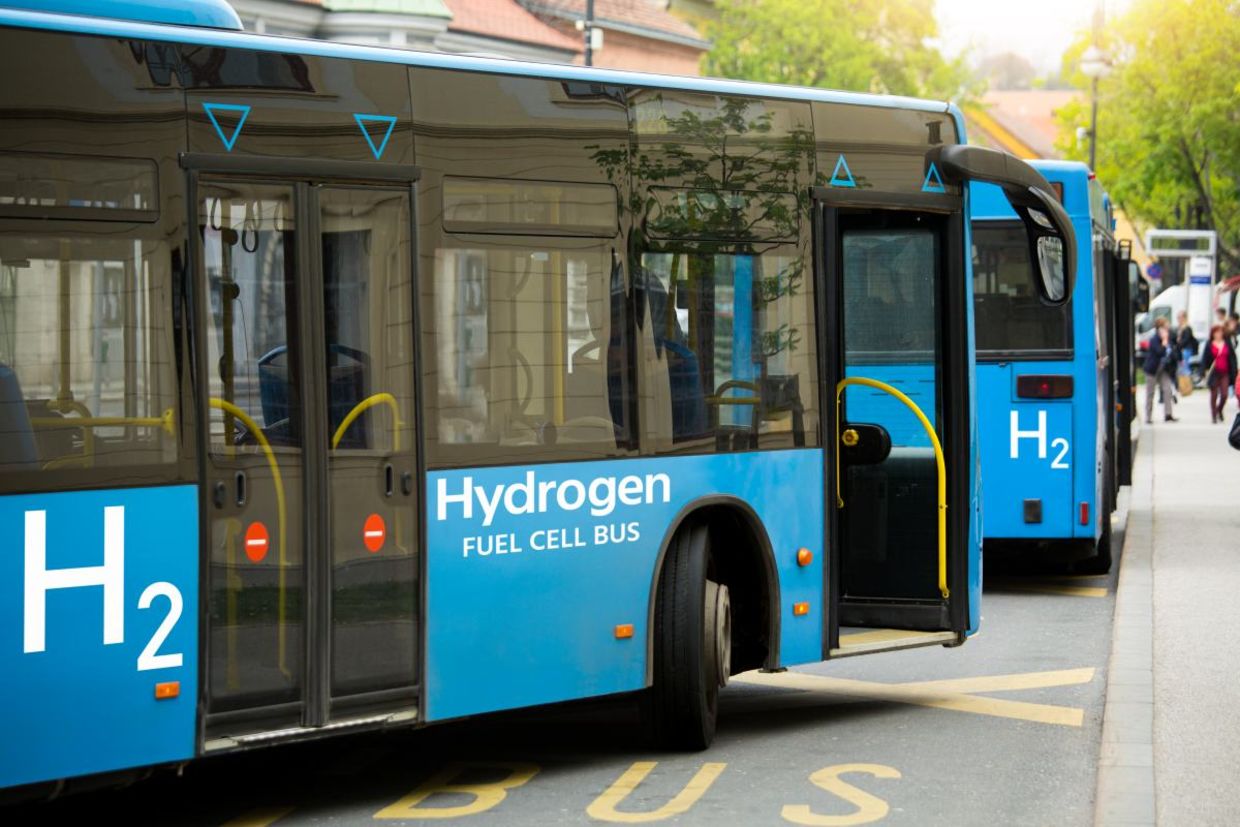
(Scharfsinn / Shutterstock.com)
Public transportation is at the heart of any working urban environment. Allowing residents and visitors to easily and comfortably get from one place to another is part of what makes a city liveable.
Now, according to Good News From Finland, the country has pioneered a new era in bussing — both in terms of the vehicles themselves and in terms of the experience of riding the bus. Hydrogen, a clean energy, fuels these new buses, while AI helps monitor the mood of the passengers, making it possible for drivers to keep a better eye on what is going on on the bus, and thus put a stop to conflicts before they start.
Renewable Busses
In June of 2025, a fleet of new buses from Portugal arrived in Finland. For a few months the buses will undergo testing to see how they adapt to Finland’s difficult and changeable climate.
If they can withstand Finland’s weather, the buses will enter service in late summer or early fall, making these will be the first hydrogen powered fleet of buses in the country. But what’s so good about hydrogen?
According to a Hydrogen Summit and Expo report, a 12 meter bus consumes six to seven kilograms of hydrogen per 100 kilometers, while a 18 meter bus consumes less than nine kilograms per 100 kilometers, all of which lead to a large reduction in fuel consumption.
These environmentally friendly buses, Fuel Cell Works reports, will be pioneered in Jyväskylä, a city of 145,000 residents, with a reputation for clean energy. Its public transportation system already includes vehicles that run on electricity and renewable diesel. In addition, it is the location for Finland’s first large-scale green hydrogen refueling station, making it a convenient place to pilot the bus program.
Gauge the Mood
But hydrogen fueled buses are not the only big technological advance coming to Finland’s public transportation system.
A new research initiative is using AI systems to monitor the mood inside buses and trams. Using cameras, sensors, and analytics, the system interprets the passengers’ expressions and movements, helping the operators anticipate potential disturbances or conflicts that may erupt.
“With this technology, we can build smart transport environments where operators, passengers, technology providers, and safety personnel work seamlessly together,” Jani Väre, the head of innovation and IPR at Teleste, one of the companies leading the project, told Fuel Cell Works.
Lest passengers worry about breaches of privacy, the project is vastly concerned with the ethical implications of the system, and tries to balance between the need for public safety and the right to privacy.
If a good public transportation system is the pride of every country and city, then surely Finland has a lot to be proud of. From finding creative ways to bring more renewable and clean energy into the country, to using cutting edge technology to make passenger experiences more pleasant, Finland is truly leading the pack.
YOU MIGHT ALSO LIKE:
World’s First Hydrogen-Powered Ferry Embarks
New Aircraft Could Bring Back Supersonic Travel
This Startup is Taking Wireless Charging to the Next Level







